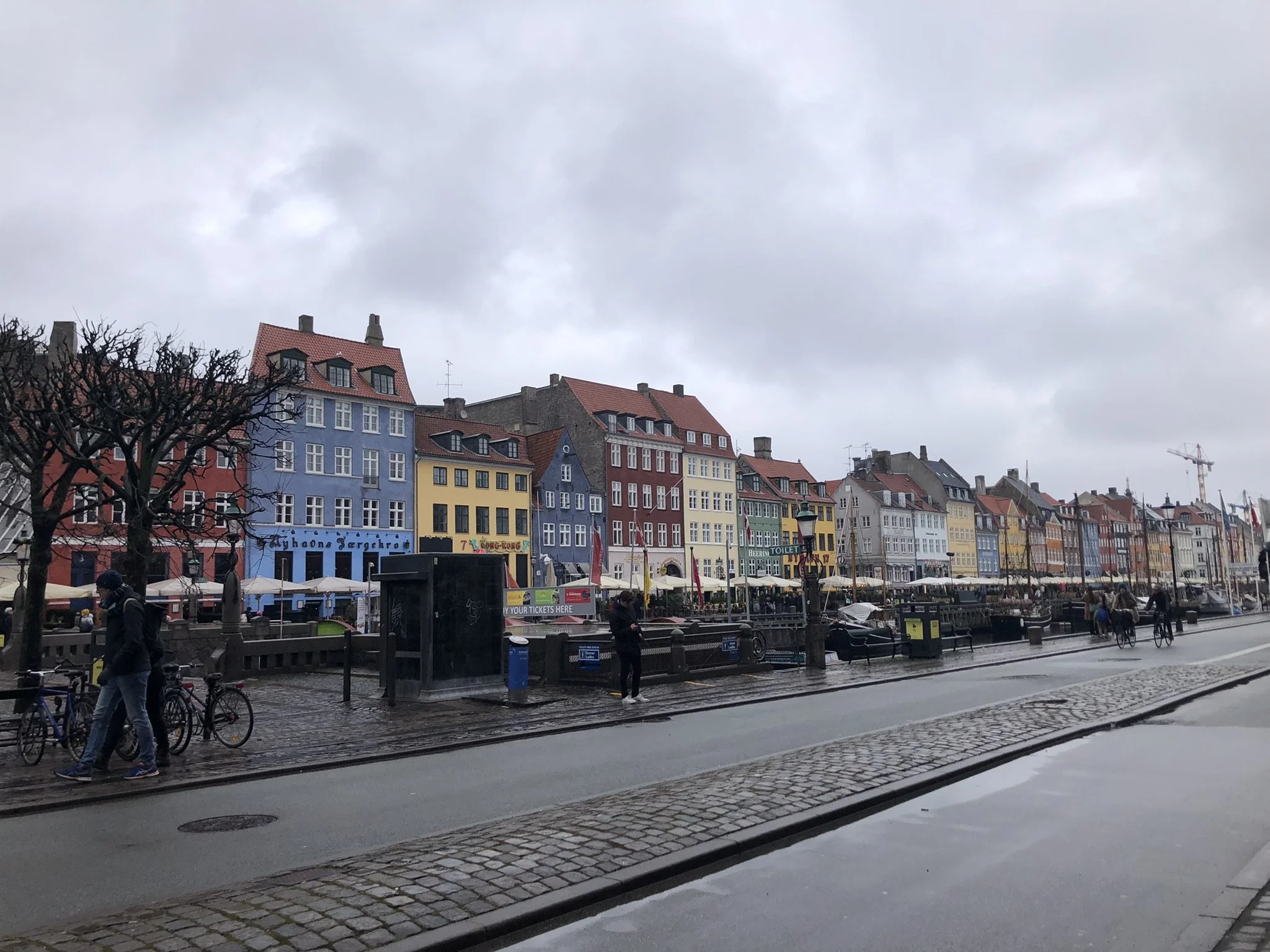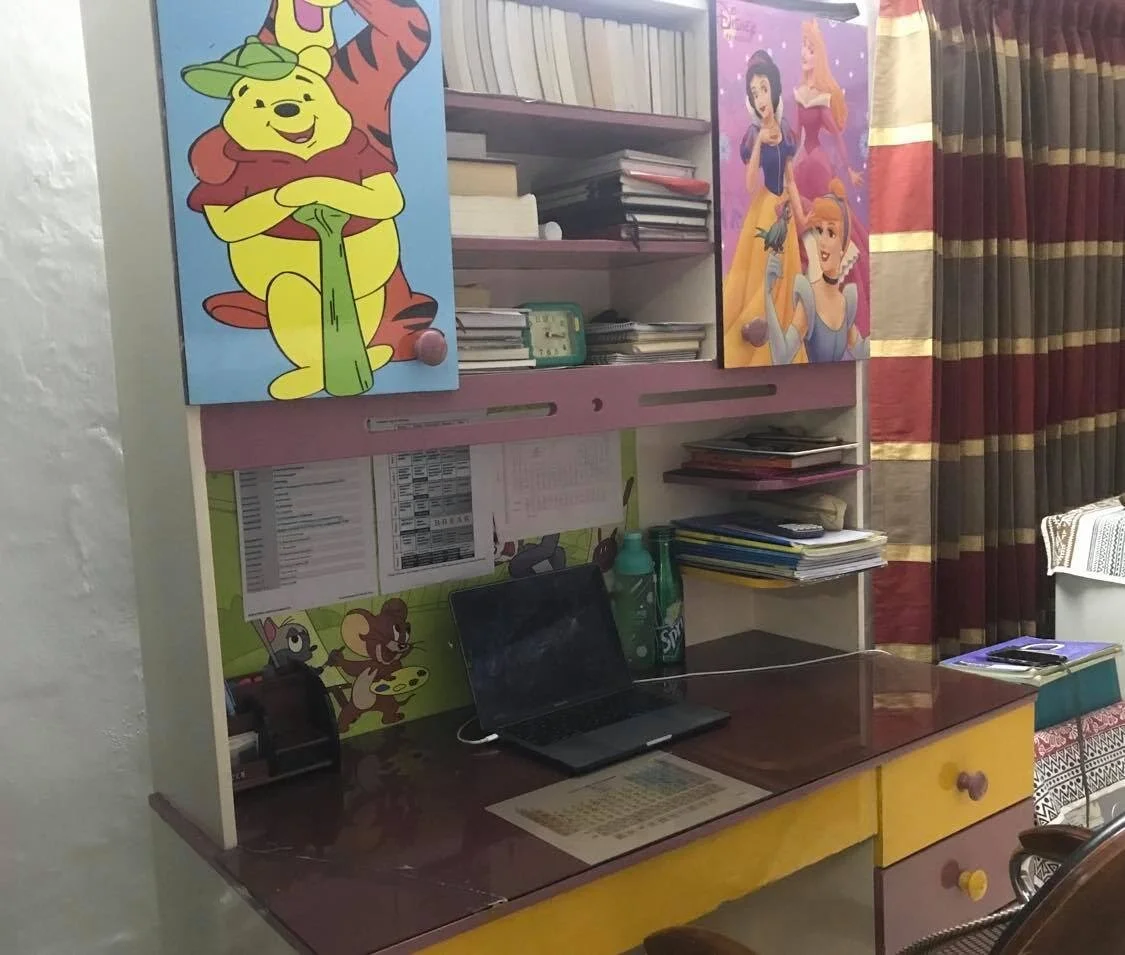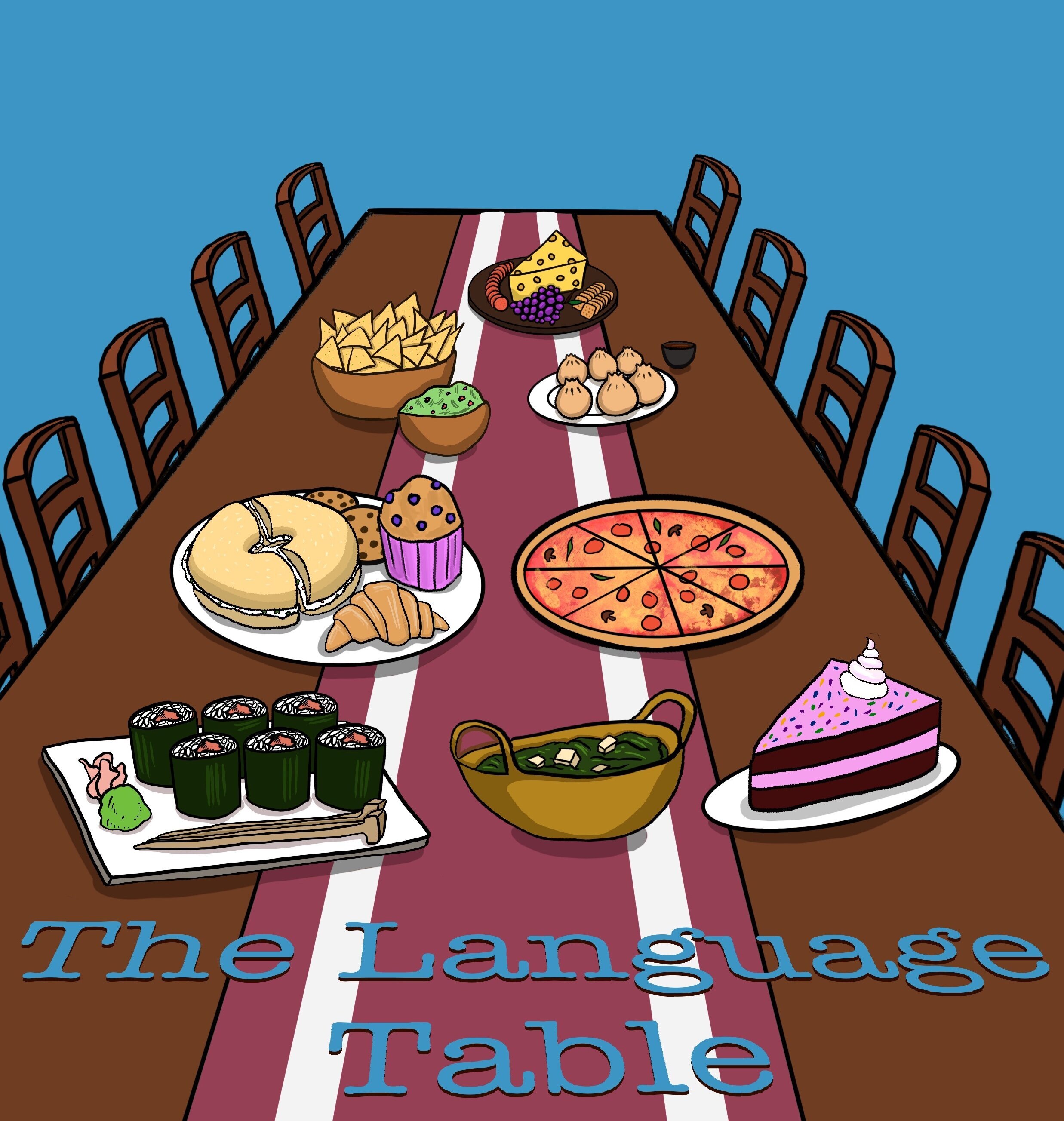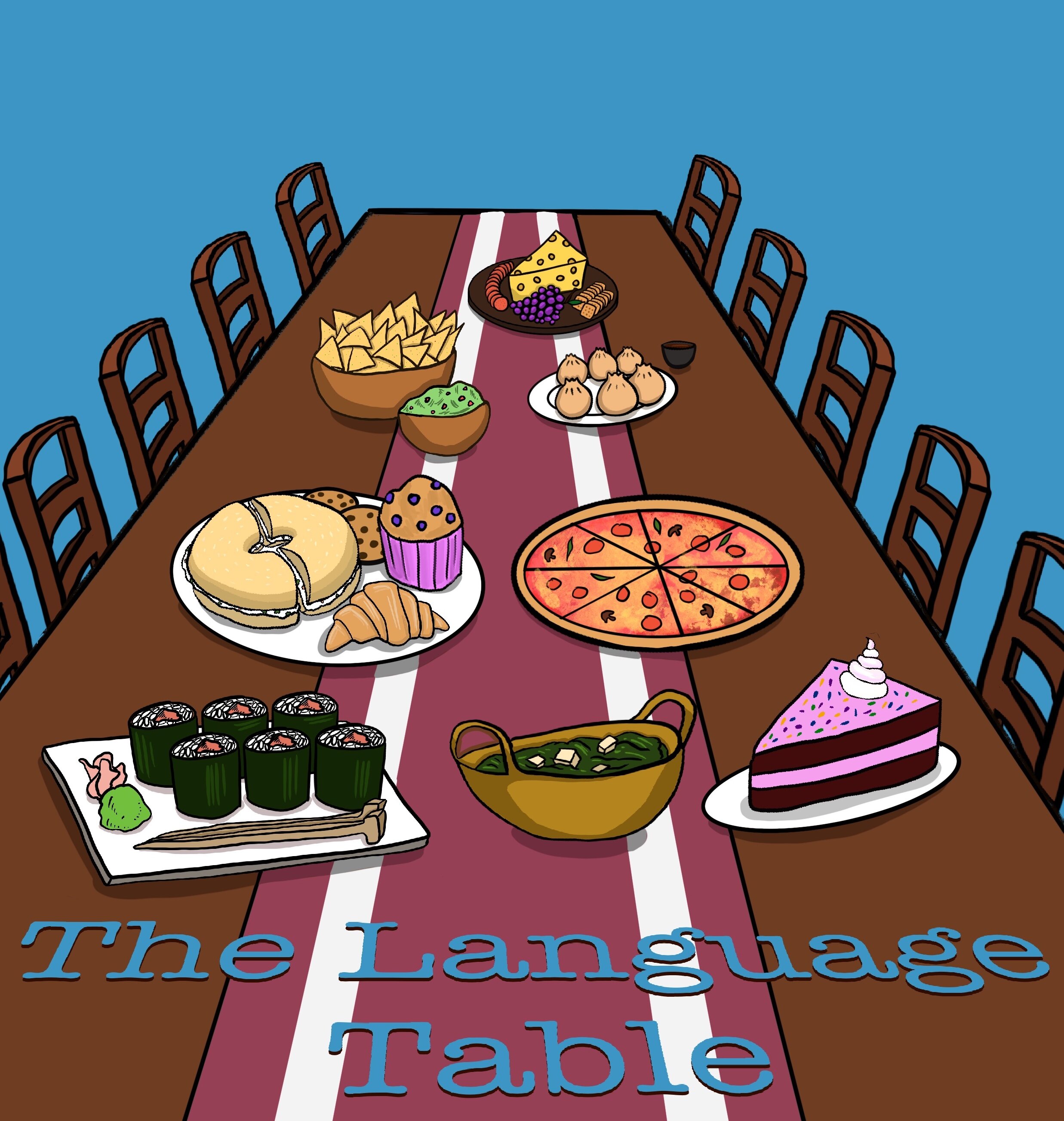BY EMMA QUIRK ’26
CONTRIBUTING WRITER
Hello from Copenhagen!
I’ve been living in Denmark for the past month (and a half). There is so much to say about my experience studying abroad so far, but, for now, I just want to share what it’s been like to be here while Donald Trump is claiming he wants to buy Greenland.
While this has mostly been taken as a joke by Americans, the Danes take this threat quite seriously. It has also brought up larger conversations about the status of Greenland as part of the Danish kingdom. Trump and Greenland are mentioned in news headlines and overheard in bars, coffee shops and bakeries. I’ve had conversations about this situation with my visiting host family and in the majority of my classes.
In my course, “Postcolonial Europe: Narratives, Nationalism and Race,” we’ve specifically delved into the history of Greenland and Denmark, and the current conversations surrounding their relationship, as well as Trump.
Denmark’s colonization of Greenland began with Christian missionaries in 1721. The overarching attitude in Denmark was one of superiority, based on racist and imperial beliefs. Like other Indigenous Peoples, the Inuit in Greenland were both scorned as being underdeveloped as well as idealized for their connection to, as the Danes saw it, traditional ways of life. Greenland remained an official colony of Denmark until 1954, when it became recognized as an autonomous state. Greenland was and still is part of the Kingdom of Denmark.
Trump’s recent offer to buy Greenland wasn’t the first time the United States has shown an interest. There have been discussions within the United States government at various points, including a private offer after World War Ⅱ. Trump himself also talked about buying the island during his first term as president.
The official response from Denmark has been to say that Greenland is not for sale. King Frederik updated the royal coat of arms to have a larger polar bear, representing Greenland, and a larger ram, representing the Faroe Islands, apparently in response to Trump’s comments. Additionally, a satirical petition was started for Denmark to buy California. This petition has amassed over 244,000 signatures as of Feb. 13.
The official response from Greenland has been to affirm that they are not interested in being purchased. In a statement, Prime Minister Múte Egede said “Greenland is ours. We are not for sale and will never be for sale. We must not lose our long struggle for freedom.”
Tensions are not only high in Denmark because of Trump but because of the current relationship between Denmark and Greenland. Many Greenlanders want independence, and Egede has been working toward this. With a successful referendum, Greenland can be its own nation. Greenland will be having a parliamentary election in April, and Danes are watching to see what will happen.
The Inuit of Greenland have been pushing for freedom and trying to rewrite the colonial narrative that Denmark has created. One way that this is being done is through art. With my Postcolonial Europe class, we’ve had the opportunity to explore some of this art.
We visited Nordatlantens Brygge — which translates to North Atlantic House — which is a cultural center in Copenhagen, to see the exhibit The Arctic Exotic. The exhibit is the work of Ivínguak’ Stork Høegh, a Greenlandic contemporary collage artist. Her collages push back against exoticizing narratives of the Arctic and Greenland.
Additionally, we had a guest lecture with Emile Hertling Péronard, a Greenlandic film producer, director and writer. He discussed the role of Danish film in curating stereotypical narratives about Greenland. Péronard works on films that represent Greenland and Greenlanders from their perspectives. He is a producer for the Greenlandic production company Ánorâk Film and one of the founders of Polarama Greenland, Greenland’s first production service company.
Ignoring colonial histories disregards the current material effects of colonialism for both the colonizers and the colonized. Art like Høegh’s collages and Péronard’s films both presents history and presents Greenlandic culture from another perspective.
Karishma Ramkarran ’27 contributed fact-checking.










